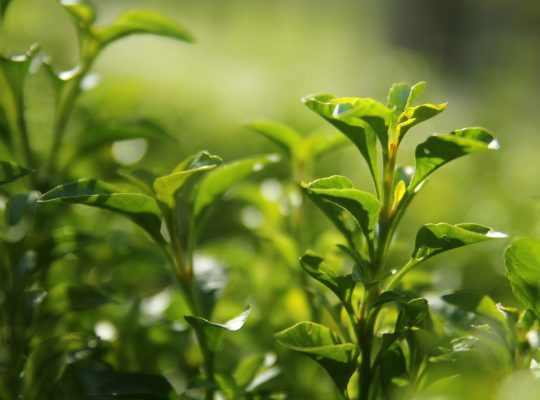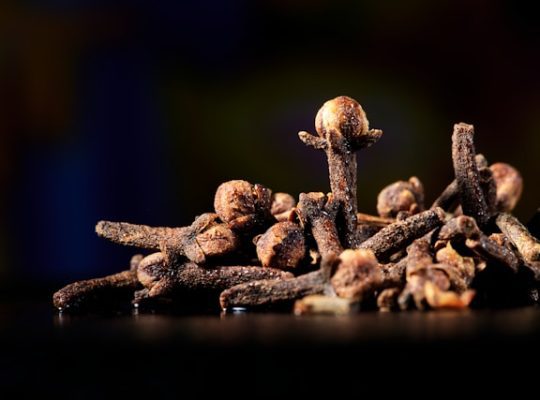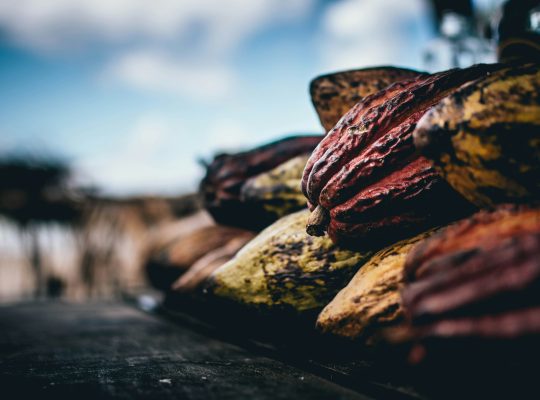Indonesia, an archipelago nation comprised of more than 17,000 islands, is surrounded by waters that are teeming with life. The country’s marine sector plays a significant role in the global seafood industry, and tuna is one of its shining stars. However, the growing demand for this sought-after fish, coupled with the methods of catching wild tuna, has often led to overfishing and habitat degradation. Recognizing these challenges, Indonesia has been pioneering sustainable tuna farming practices. This “Blue Revolution” aims not only to meet the global appetite for tuna but to do so in a way that protects the environment and supports local communities.
The Threat to Tuna Populations
Tunas are among the fastest and most majestic marine creatures, and they are a vital part of the ocean’s ecosystem. These apex predators help maintain the balance of marine life, and their presence indicates a healthy ocean. Unfortunately, unsustainable fishing practices, such as overfishing and the use of fish aggregating devices (FADs), have led to a decline in certain tuna populations, threatening the balance of marine ecosystems.
Indonesia’s Response: Sustainable Farming Practices
Aware of the risks that unrestricted fishing poses, Indonesia has taken a leadership role in promoting sustainable tuna farming. Here are some of the innovative approaches embraced by the country:
1. Pole-and-Line Fishing
Rather than relying on large-scale commercial nets, many Indonesian fishers use pole-and-line methods. This old-fashioned technique causes less bycatch and habitat damage. Additionally, it targets adult fish, allowing younger tuna to continue to reproduce before they are caught.
2. Aquaculture and Ranching
Beyond traditional fishing methods, Indonesia is investing in aquaculture operations where juvenile tunas are raised in controlled environments to maturity. Tuna ranching, for example, involves catching young wild tuna and rearing them in large net pens in the ocean until they reach market size. These methods can alleviate the pressure on wild stocks by providing an alternative source of tuna that doesn’t rely on overfishing.
3. Traceability and Certification
Ensuring that the end consumer knows the source of their tuna is fundamental to sustainable farming. Indonesia has developed rigorous traceability systems to track the journey of tuna from catch to consumer. Certification programs such as the Marine Stewardship Council (MSC) certify Indonesian tuna fisheries that meet strict sustainability standards.
4. Community-Based Management
Recognizing the importance of local communities in the stewardship of marine resources, Indonesia is fostering community-based management schemes. These initiatives ensure local fishermen have a say in managing their resources, leading to more sustainable practices and better enforcement of regulations.
The Eco-Economic Benefits
Sustainable tuna farming isn’t just about protecting the environment; it also makes good economic sense. By adopting these methods, Indonesia is ensuring that its tuna industry remains viable for generations to come. This approach provides stable livelihoods for local fishermen and helps maintain Indonesia’s position as a leading seafood exporter.
Moreover, eco-labeled Indonesian tuna can often fetch a higher price on the international market, rewarding the country for its sustainable practices and providing an incentive to maintain them.
Conclusion: A Sustainable Future for Tuna
Indonesia’s journey toward sustainable tuna farming is an inspiring model for the rest of the world. An industry once fraught with practices that put short-term gain over ecological health is now leading the way towards long-term sustainability. As consumers become more environmentally conscious, the demand for sustainably sourced seafood is expected only to grow, and Indonesia is well placed to meet this demand.
Through continued commitment to innovation, community involvement, and strong regulatory frameworks, the nation’s Blue Revolution showcases how economic development and environmental conservation can go hand in hand. By supporting sustainable tuna farming, consumers can enjoy their favorite fish while contributing to the health of our oceans and the well-being of fishing communities in Indonesia and beyond.








